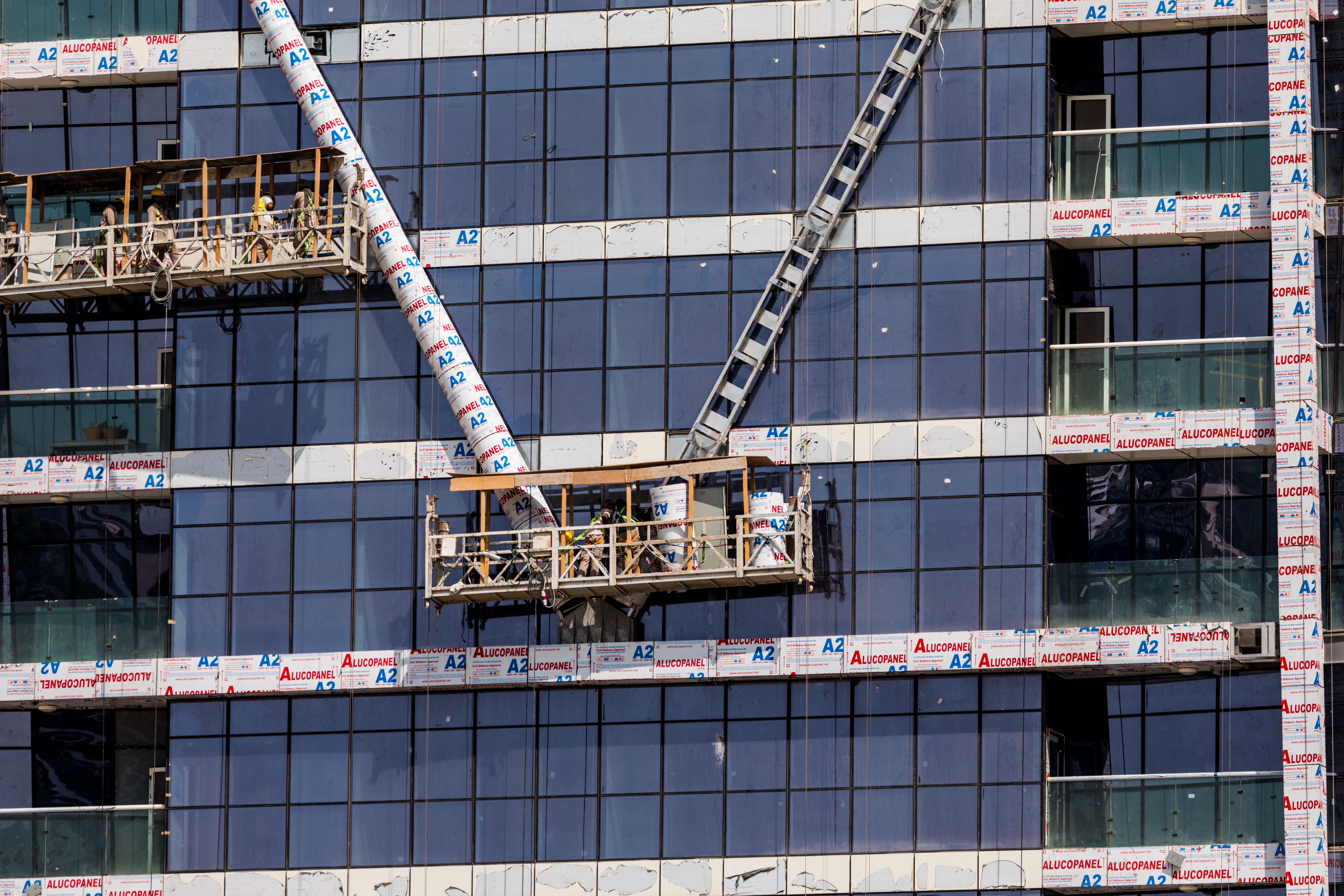
Overview
Structural stability is about a building remaining unaffected under heavy pressure and force without collapsing. This stability increases the safety and longevity of buildings. Natural calamities are highly devastating and can cause big loss to buildings. With the structural stability consultation services, you can protect the building against such mishaps. Becoming familiar with the fundamentals of structural stability allows for the design of more efficient and safer structures. It includes various aspects including material properties, load resistance, boundary conditions and geometry configuration. They all contribute to overall stability of a structure.
How to Maintain Structural Stability?
Choosing the Right Materials
Choosing the right materials for structural stabilityis one of the most important things in the construction of your building. These materials should be chosen, considering environmental conditions, expected loads, and durability requirements. Different materials have different properties in regard to strength, ductility, stiffness, and density. Therefore, you should choose materials that have strong resistivity to heavy loads and hazards that your structure will face and to blend them in such a way that they enhance their compatibility and performance.Structural Analysis
Doing structural analysis is another important strategy to ensure structural stability of a building. It is the process to calculate the internal forces and displacement caused in the structure by loads and boundary conditions. This analysis helps in verifying that the structure can give support to design loads without getting beyond the permissible limit of stresses or deflections. It can be done with structural stability analysis techniques, and equations, or numerical methods, such as computational fluid dynamics or finite element analysis. Moreover, it optimizes the design by reducing the use of material, improving the efficiency and enhancing aesthetic value of the building.Dynamics Effects
The third strategy to have the structural stability of a building is to think over dynamic effects of the load. Dynamic effects on structural stabilityare the outcome of the structure’s response, such as resonance, vibration, fatigue and damping. They can also cause considerable strain in the structure and lead to catastrophic failures. So, consider the dynamic effects of the loads, such as traffic loads, seismic waves or wind gusts and design the structure to mitigate or avoid any harmful resonances or vibrations. It can be done using dynamic analysis and by applying damping devices, such as mass-tuners, springs or dampers that can reduce the frequency or amplitude of the vibrations.Design Codes and Standards
Finally, you need to follow the design codes and standards that can be applied to the structure’s type, function and location. These structural design codes and standards in India encompass as set of guidelines that specify the best practices for the construction, design and maintenance of structures according to expertise and experience of the structural engineering. They also provide the criteria for the materials, design loads, safety factors, structural analysis, etc. By working on these codes and standards, structural engineer can make sure that the structure meets the ethical and legal obligations.Enhance your surroundings with the transformative impact of carefully chosen colors. Let Architronix bring your vision to life through our expert Color Consultation services.